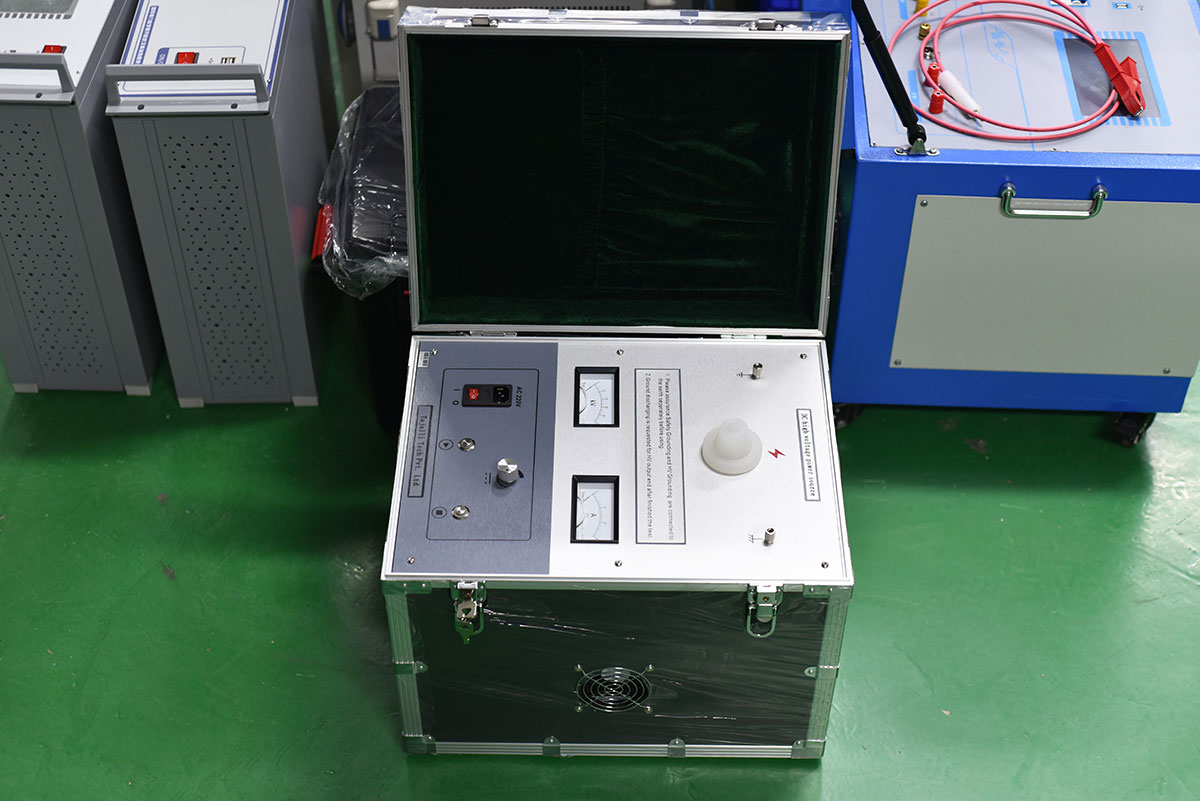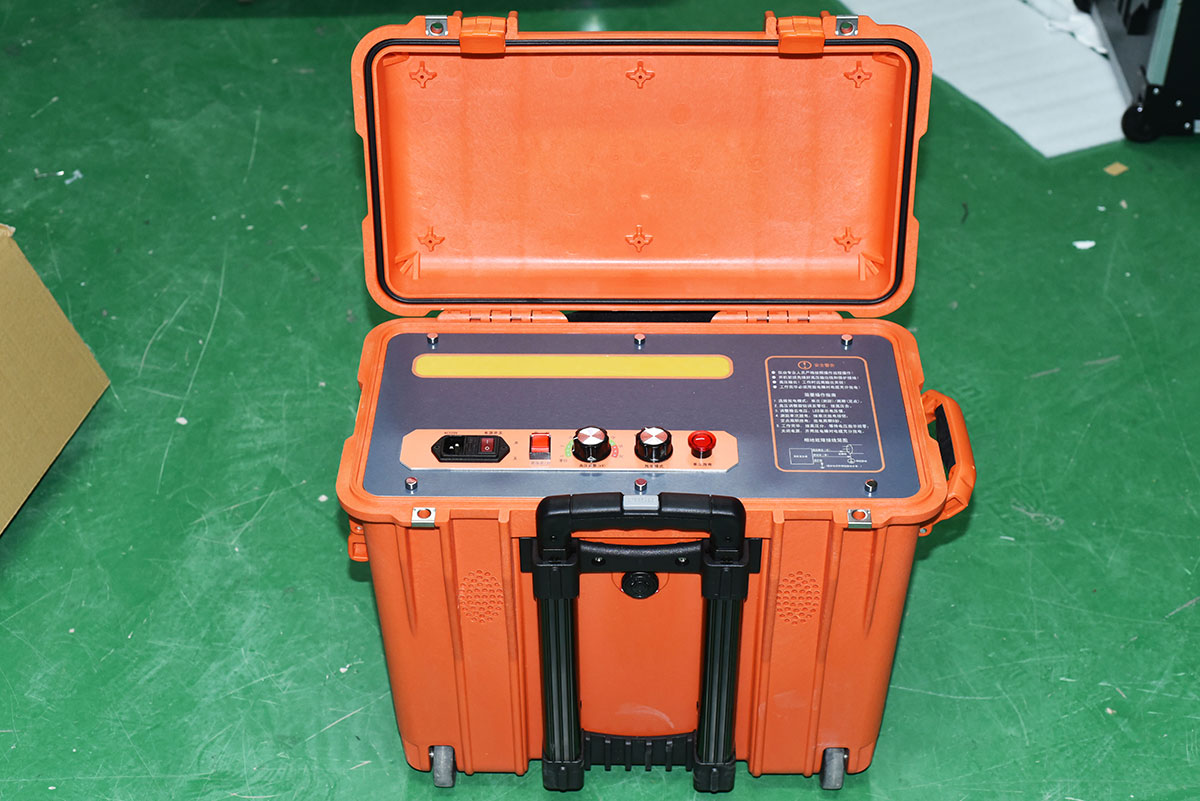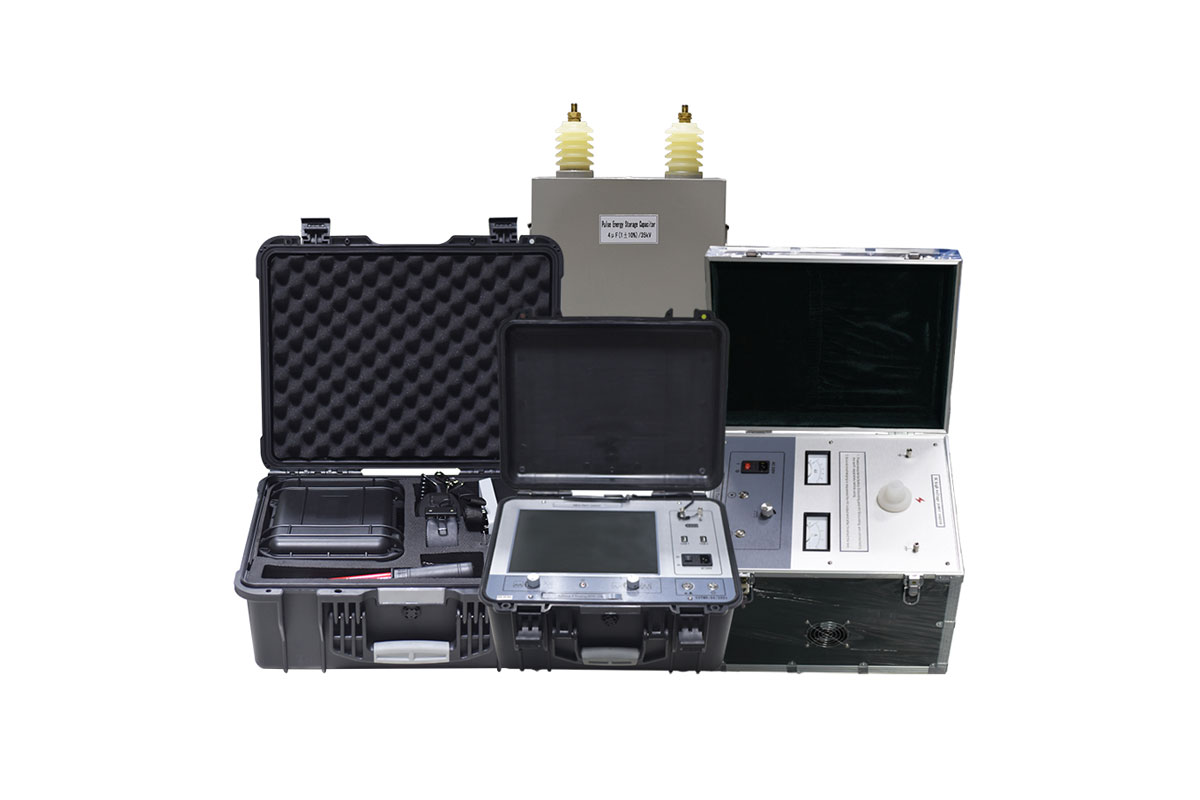Wires and cables are the focus of inspection by relevant departments. Many friends may have questions. Why? Because wires and cables are products that can affect personal and property safety. Wires and cables are also regularly checked by special staff. If a fault is found, it is necessary to quickly find the fault point and then carry out maintenance. Here are some common knowledge about cable fault detection and maintenance.
What are the steps of cable fault detection and location?
1. Judge the nature of cable fault; There should be a megger and Multimeter in the step.
2. It needs high-voltage bridge, pulse reflectometer or high-voltage wave reflection method to roughly measure the distance of cable fault point at a predetermined position.
3. Locate the cable path and detect the cable path with unknown direction. This step requires the use of pipe locator
4. Precise positioning: according to the pre positioning results, combined with the cable path, accurately determine the location of the cable fault point, and finally determine the specific location of the fault point, with the allowable error of 0.1 M. This step requires precise measurement of the fixed point instrument by acoustic magnetic time difference method, step voltage method or small distortion method.

Classification of cable faults?
Judging the nature of cable fault, it can be divided into cable main insulation fault and cable outer sheath fault according to its location. According to the main insulation fault of the cable, it is divided into: low resistance grounding fault, low resistance short circuit fault, disconnection fault, high resistance grounding fault, high resistance short circuit fault, flashover fault, leakage fault, intermittent fault, etc.
What is dead ground fault?
When the cable fails, and the interphase insulation resistance or relative insulation resistance of the cable is 0.00-10.00 ohms, the cable professionals call it "dead ground fault", also known as "zero resistance ground fault" or "permanent ground fault". When the insulation resistance of the ground fault point is very low or even close to zero, even the greater impact energy and impact voltage will make the discharge of the fault point weak or unable to discharge, so it is very difficult to accurately locate the fault point.

What is the main insulation fault?
From the inside to the outside, the cable structure is: wire core, insulation layer, copper shielding layer, inner lining layer, armor layer and outer sheath. Insulation breakdown fault may occur in both the insulation layer and the outer insulation layer of the optical cable. Cable professionals call the breakdown fault of cable insulation breakdown (oil paper or cross-linked insulation layer) as the main insulation fault of the cable.
How to control the boost range according to the leakage current value of the faulty cable?
After cable failure, the cable operation unit shall apply appropriate pulse high voltage to the faulty cable. The problem considered is that if the applied pulse high voltage is too high, the cable life may be shortened; If the pulse high voltage is too low, the fault point cannot be completely punctured. Therefore, it is very important to properly select the range of voltage rise. In order to measure the appropriate boost range, we need to measure the maximum voltage (residual voltage) that the residual insulation at the cable fault point can withstand in the link of fault nature judgment. The specific residual voltage test is the maximum applied voltage when the voltmeter pointer of the high-voltage unit cannot hang and the ammeter pointer suddenly deflects in the insulation test. Generally, when the fault is pre positioned or the point is accurately determined, it is recommended that the voltage rise range is within 1.0-1.5 times of the residual voltage.








